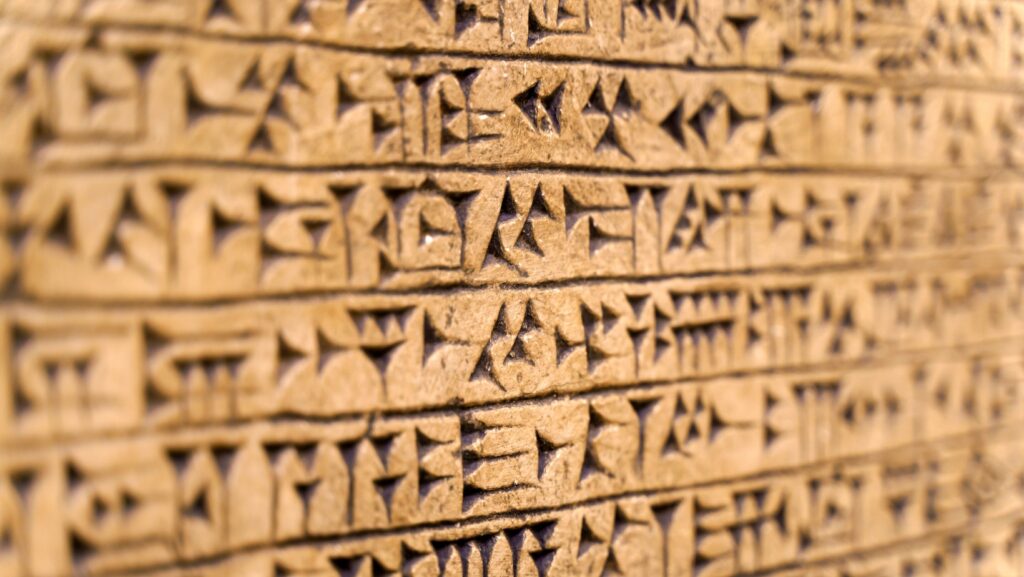
Welcome to my article on the fascinating world of the hrikoli civilization. As an expert in ancient civilizations, I have delved into the depths of history to uncover the secrets of this enigmatic society. From their advanced architectural achievements to their intricate belief systems, the hrikoli civilization has left an indelible mark on our understanding of the past.
We will explore the awe-inspiring ruins that still stand today, providing a glimpse into the grandeur of their once-thriving cities. Prepare to be captivated as we unravel the mysteries surrounding this ancient civilization and learn how they shaped the course of history.
Hrikoli
Early Origins
The Hrikoli civilization, one of the most fascinating ancient societies, has a rich history that dates back thousands of years. The origins of this remarkable civilization can be traced back to the first millennium BCE, when small communities began to settle in the fertile valleys of the Hrikoli region. These early settlers were skilled agriculturalists and quickly developed advanced forms of irrigation and farming techniques, allowing them to thrive in an otherwise challenging environment.
Rise of the Hrikoli Empire
As time went on, the Hrikoli civilization grew in size and power, expanding its influence over neighboring regions. The 4th century BCE marked a significant turning point in their history. It was during this period that the Hrikoli Empire was established, uniting various city-states under a centralized government. This empire soon became known for its military might, as well as its impressive architectural and engineering feats.
Golden Age of the Hrikoli Civilization
The Golden Age of the Hrikoli Civilization is considered to be one of the most prosperous periods in their history. This era, which spanned from the 3rd century BCE to the 1st century CE, saw a tremendous growth in trade, arts, sciences, and cultural exchange. The Hrikoli people excelled in fields such as mathematics, astronomy, and literature, leaving behind remarkable contributions that continue to astonish us today. During this time, magnificent cities were built, adorned with grand palaces, temples, and monumental buildings that showcased the wealth and power of the Hrikoli Empire.
Society and Culture of the Hrikoli Civilization
Hrikoli Social Structure
The Hrikoli civilization had a well-defined social structure that played a significant role in shaping their society. Here are some key features of their social structure:
- Hierarchy: The Hrikoli society was hierarchical, with individuals being placed in different social classes based on their occupation, family background, and wealth.
- Ruling Elite: At the top of the social structure were the rulers and nobles who held the political power and enjoyed privileges and wealth.
- Merchants and Artisans: The middle class of the Hrikoli society consisted of merchants, traders, and skilled artisans who played a vital role in the economy and contributed to cultural development.
- Peasants: The majority of the population in the Hrikoli civilization were peasants who worked in agriculture and provided the necessary resources for the empire.
- Slaves: Slavery was prevalent in the Hrikoli society, and slaves were considered the lowest class, often used for labor-intensive tasks.
Religion and Beliefs
Religion and beliefs held a central place in the lives of the Hrikoli people. Here are some key aspects of their religious practices and beliefs:
- Polytheistic Religion: The Hrikoli civilization followed a polytheistic belief system, worshipping a pantheon of gods and goddesses. Each deity represented different aspects of life and their worship was an integral part of Hrikoli culture.
- Rituals and Ceremonies: The Hrikoli performed elaborate rituals and ceremonies to honor their gods. These rituals were conducted by priests and priestesses and often involved offerings, prayers, and sacrifices.
- Cosmology and Afterlife: The Hrikoli believed in an afterlife and had a complex cosmology. They believed that the souls of the deceased journeyed to the realm of the gods after death, where they would be rewarded or punished based on their deeds in life.
Art and Architecture
Art and architecture flourished during the Golden Age of the Hrikoli Civilization, leaving behind impressive legacies. Here are some notable features of Hrikoli art and architecture:
- Monumental Architecture: The Hrikoli were renowned for their monumental architecture. They constructed grand palaces, temples, and civic buildings using advanced engineering techniques and exquisite craftsmanship.
- Sculpture and Relief Art: Hrikoli artists created intricate sculptures and relief art, often depicting gods, rulers, and mythological scenes. These art forms were used to communicate religious beliefs, glorify rulers, and adorn public spaces.
- Painting and Mural Art: The Hrikoli were skilled painters, and their murals adorned the walls of temples and royal residences. These paintings showcased rich colors, intricate details, and depicted stories from mythology and daily life.
If you also have a strong interest in the mysterious and fascinating Hericoli civilization, or you really like the artistry and these buildings of the Hericoli civilization. Then you can customize some related keychains to express your likes or give them as gifts to your friends who like Herricoli civilization.
Custom keychains are exquisite and personalized. As a widespread item in life, keychains are very practical. Customized keychains can be chosen in any pattern, color, and shape you want, and you can also choose some functional keychains according to your needs, such as those with bottle openers or small lights.
The society and culture of the Hrikoli Civilization were intricately interconnected, shaping the everyday life, beliefs, and artistic expressions of its people. By exploring these aspects, we can gain a deeper understanding of the remarkable civilization that once thrived in the Hrikoli region.




